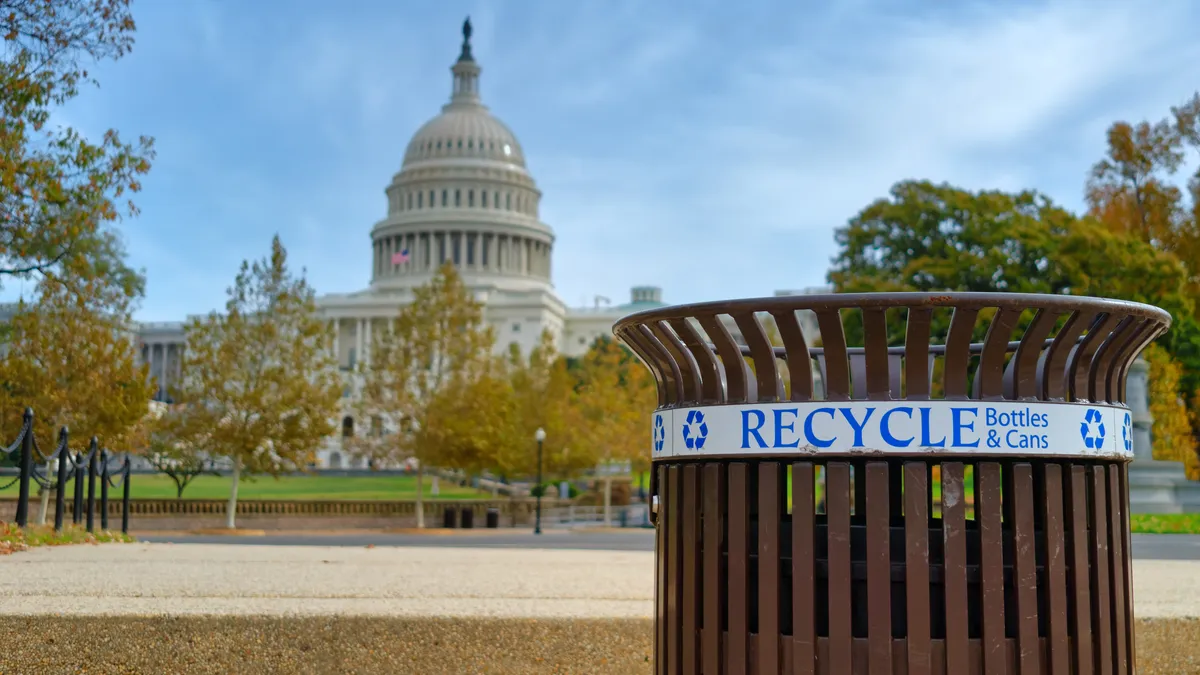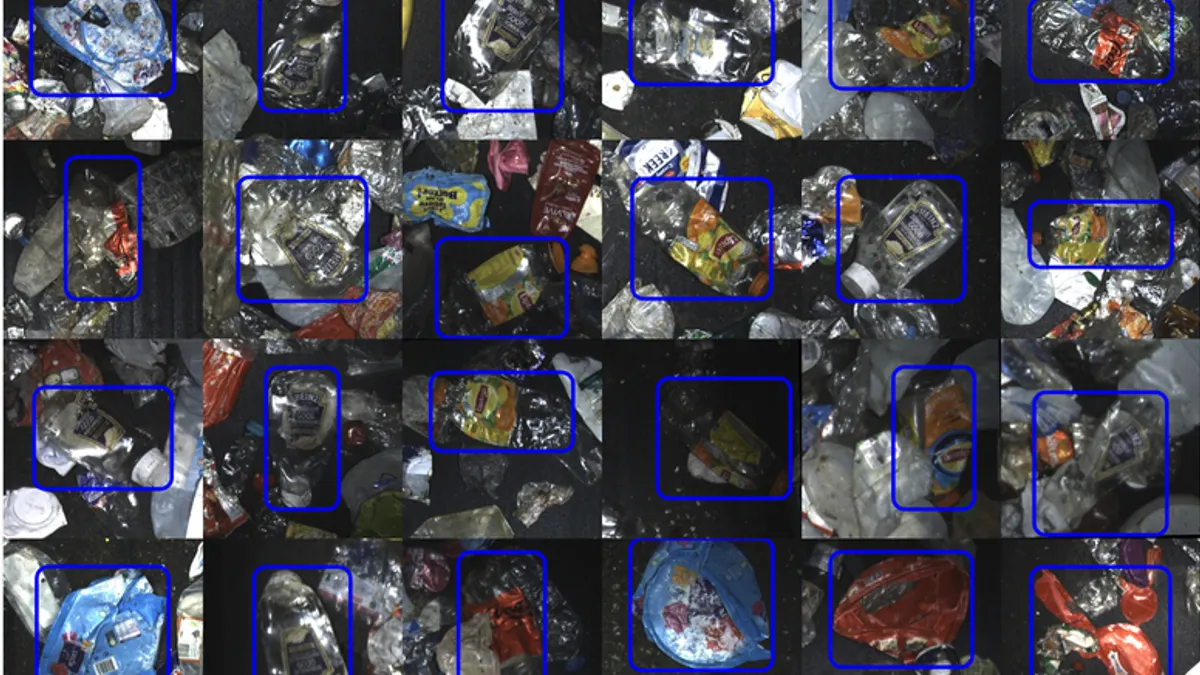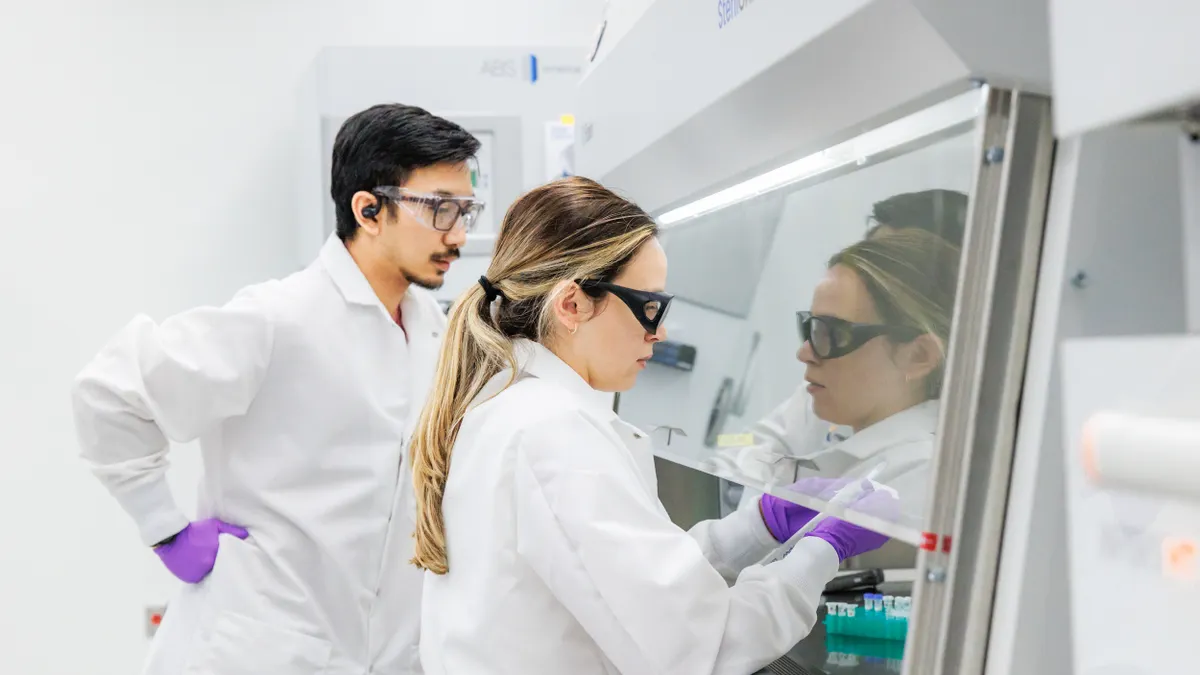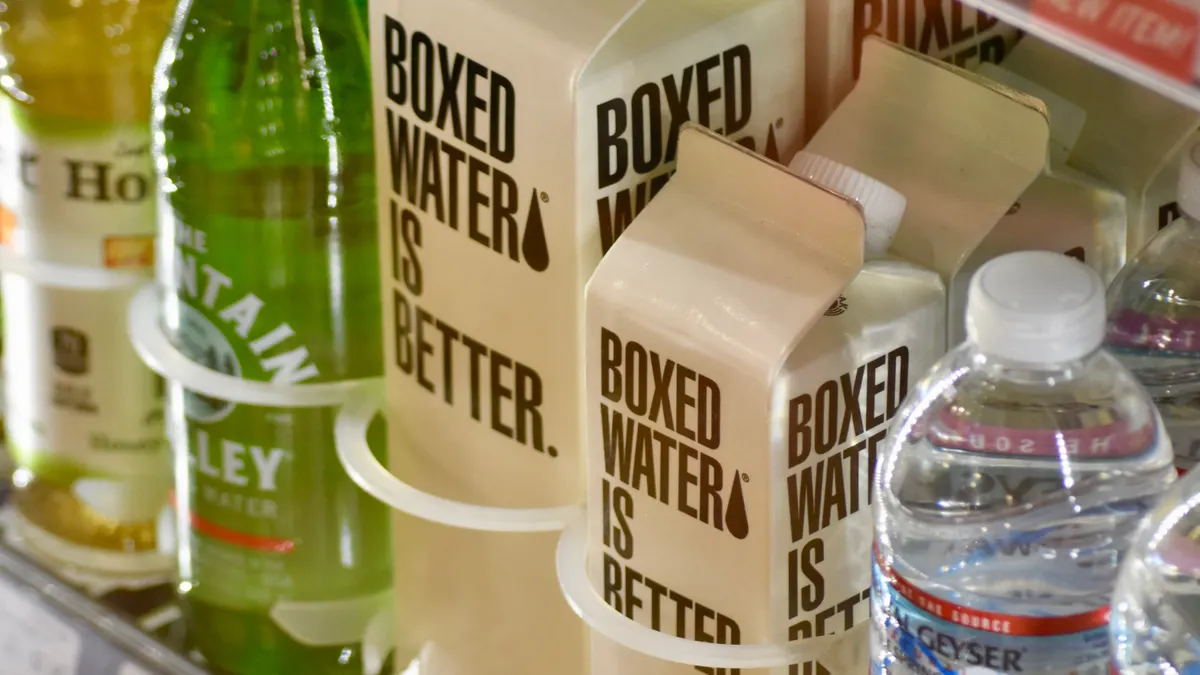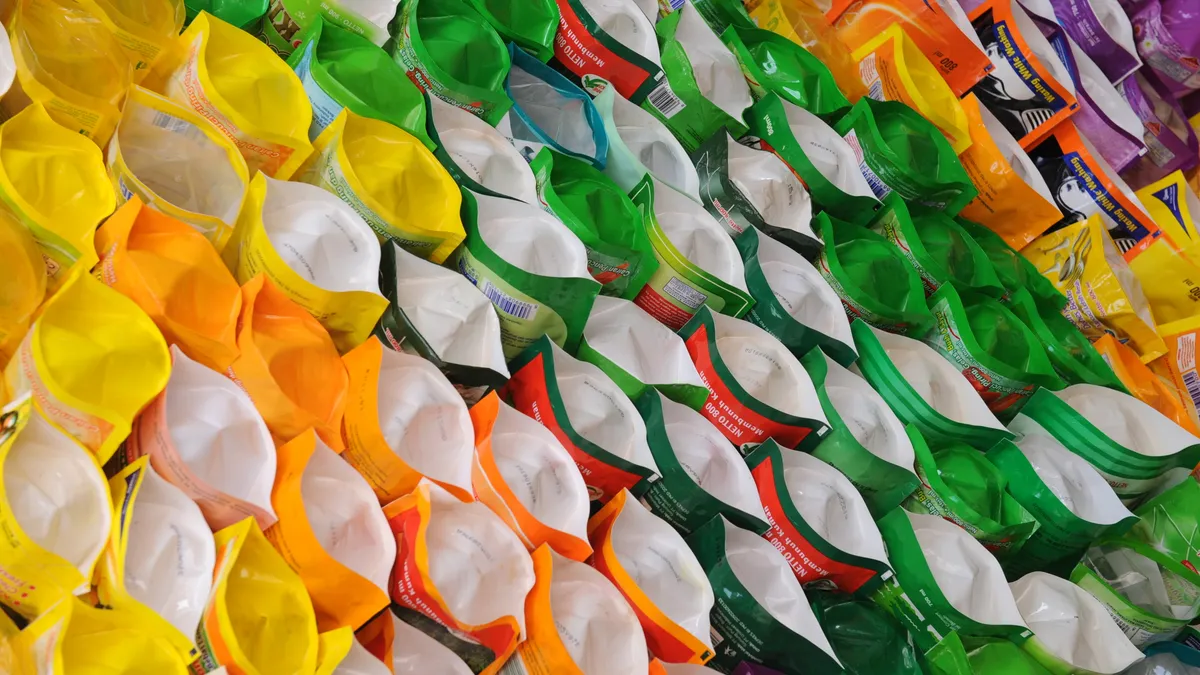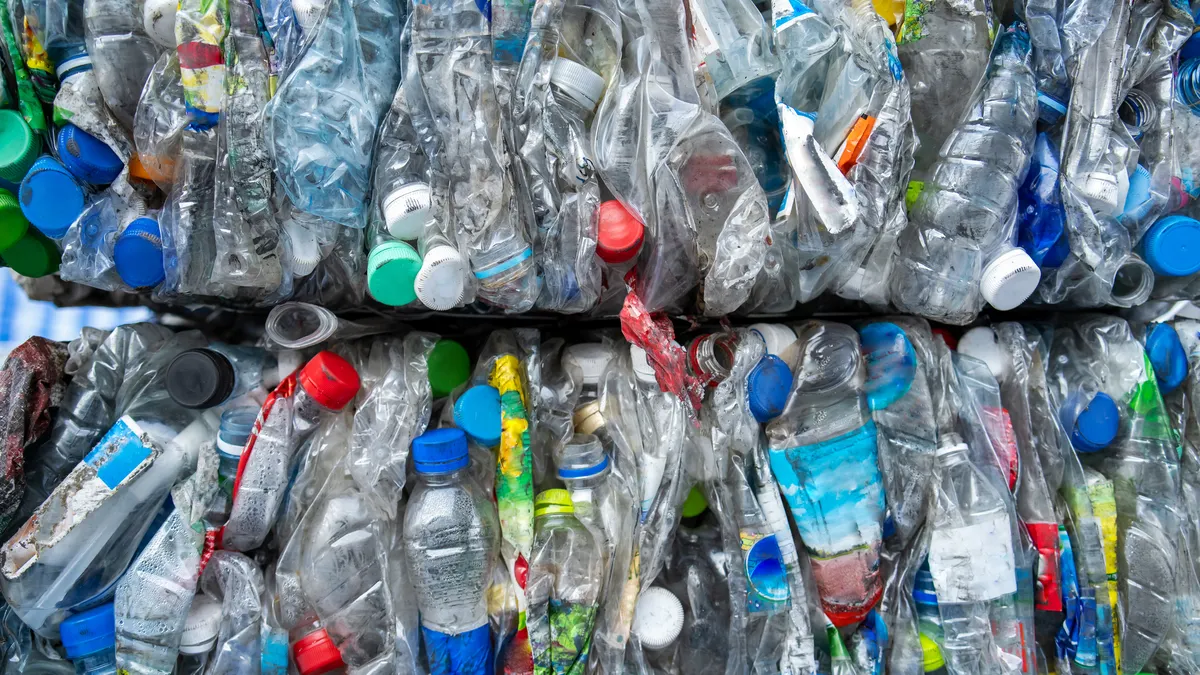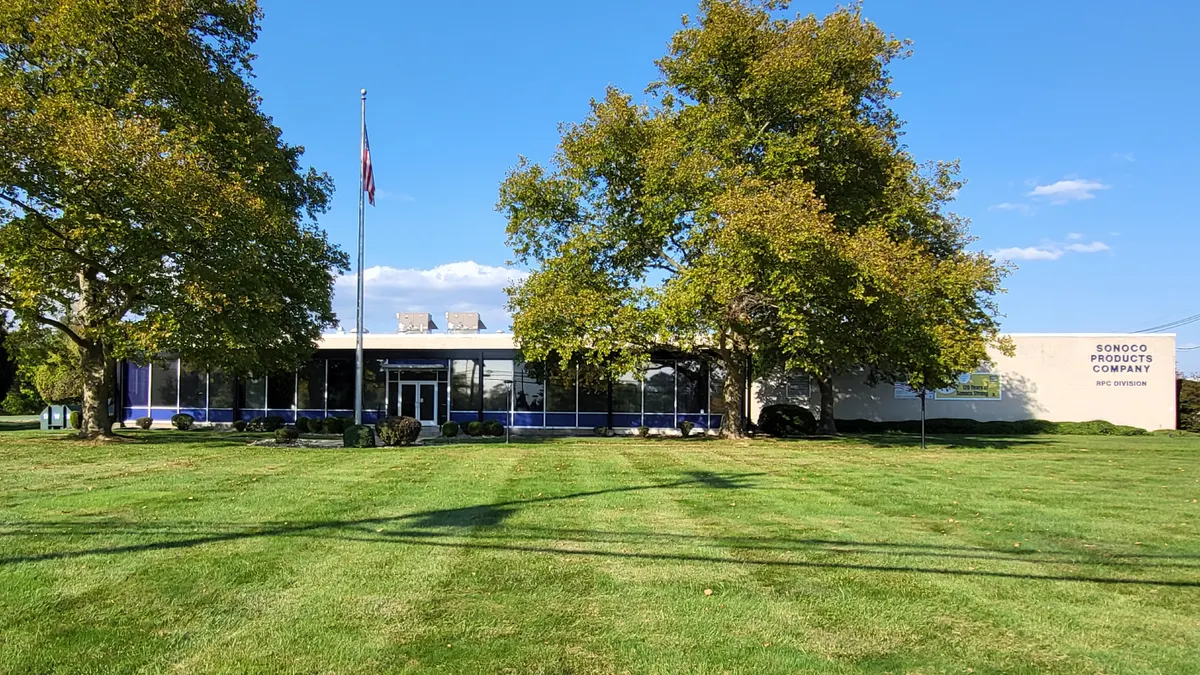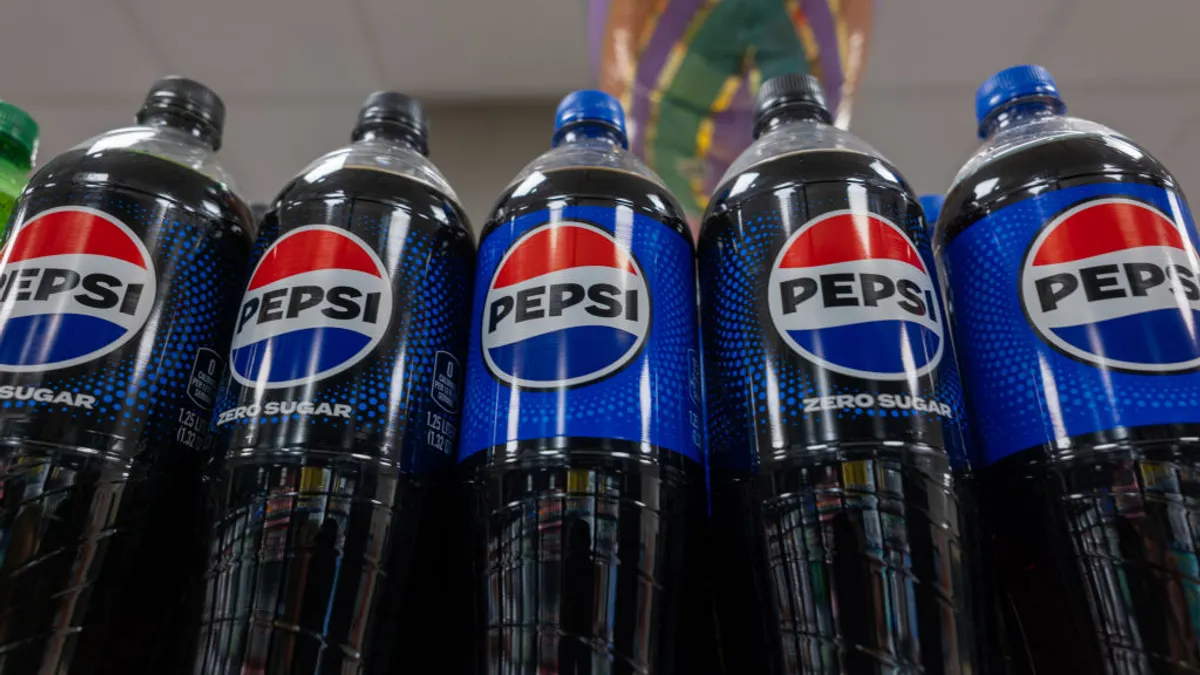The U.S. Plastics Pact hit its stride in 2022, according to a newly released annual report covering that year. USPP became its own standalone organization while supporting the 136 “activators” who progressed in achieving their plastic packaging circularity targets by the end of 2025.
The report chronicles progress on four targets to achieve by 2025:
- Target 1: Define a list of plastic packaging that is problematic or unnecessary by 2021, and take measures to eliminate the items on the list.
- Target 2: 100% of plastic packaging will be reusable, recyclable or compostable.
- Target 3: Undertake ambitious actions to effectively recycle or compost 50% of plastic packaging.
- Target 4: Achieve an average of 30% recycled content or responsibly sourced biobased content in plastic packaging.
For Target 4, activators in 2022 used an average of 9.4% postconsumer recycled content or responsibly sourced biobased content in their plastic packaging products, according to the report. For Target 3, USPP cites U.S. EPA data showing the national recycling rate for plastic packaging in 2018, the most recent year for which data is available, was 13.3%.
For Target 2, 47.7% of plastic packaging, by weight, that activators put into the U.S. market in 2022 was reusable, recyclable or compostable. This report for the first time separated out the progress in each separate category for that target: 47.3% was for recyclables, 0.4% was for reusables and none was for compostables.
Activators also made gains on Target 1, said Emily Tipaldo, executive director of USPP. They’ve identified 11 types of problematic packaging or materials — including cutlery, straws, PVC and opaque or pigmented PET — and are working to eliminate them.
Design for recycling is another focal area where USPP activators have advanced significantly over the last year, followed by fostering reusable packaging systems, Tipaldo said. The design piece is critical because some companies still believe in holding off on design investments until the proper end-of-life infrastructure exists, she said. One design for recycling example listed in the report is Mondelez’s switch from polystyrene to PET thermoform cookie holder trays for Oreo, Chips Ahoy!, Newtons and Nutter Butter brands.
“I know it's seems very chicken-and-egg-like, but it's so important upfront for companies to be optimally designing their packaging for whatever the circular outcome is,” Tipaldo said. “You have such a better case for the infrastructure when you can say the feedstock, the packaging, from the outset is being designed for this. It's being designed for quality postconsumer recycled content.”
Tipaldo said activators have experienced the greatest challenges with advancing the targets regarding PCR. While it has ticked up a bit, it’s “probably not as much as many would like to see,” she said. “The postconsumer piece is a really interesting one because it's an area where we hear both a cry on the supply side, as well as a cry on the demand side, and we know that there are a number of things to reconcile in the middle.”
For instance, virgin plastic is generally much cheaper than PCR. But brands need their PCR to meet certain specifications, especially for food-grade or cosmetics applications, so Tipaldo said reclaimers need to be involved in understanding the standards.
Evolving operations and outcomes
Conditions and operations now are different than when USPP launched in August 2020. Organizers and participants have learned a lot while building the foundations of the initiative and continuously gathering more data, Tipaldo said.
“It has been, I would say, quite an evolution since we began in 2020 ... We know so much more at this point,” she said. The baseline year of 2020 “was the first time companies had ever reported plastic packaging data in this way and to this level of detail in the United States. It’s very much been a learning curve over the last three years.”
Extended producer responsibility is one area of big change. Such programs hadn’t launched yet in the U.S. at USPP’s inception, but since that time four states — California, Colorado, Maine and Oregon — have enacted EPR legislation, while other states, like Maryland, have taken steps in that direction. Various requirements in EPR for packaging laws are expected to accelerate activators’ progress toward targets and potentially could cause a shift in some priorities.
Target 4, regarding PCR in packaging, “will be an interesting one to watch over the next couple of years, particularly because of the complement of policy,” Tipaldo said. The U.S. Plastics Pact supports recycled content mandates, she said, adding, “we really do need policy to help complement and drive demand for the use of postconsumer recycled content.”
Part of the evolution involves USPP’s establishment as a standalone 501(c)3 in September 2022. The organization previously had been part of The Recycling Partnership. Although they’re separate entities now, the relationship between the two group “remains strong and mission-focused,” according to the report.
While Tipaldo said it’s been a journey for USPP to become separate, it has a lot of support from its board of directors, TRP and the World Wildlife Fund — as well as the activators. She calls it a “bottom-up” support network.
“I think it just reinforces what is part of our mission and the way in which we were built: It is not staff, or the Pact team, that is going to get these companies to the targets,” Tipaldo said. “It’s the companies and organizations who've all signed on to the U.S. Plastics Pact, who are the activators. They're the ones taking the action and making the progress toward the goals that they've committed to.”
What’s next?
The 2022 report marks approximately the halfway mark through the initial road map toward meeting 2025 targets. Therefore it’s a good point to reassess strategies and reprioritize as needed to address gaps and identify opportunities, Tipaldo said.
Activators currently are guided in their progress toward the targets by USPP’s Roadmap to 2025. The 2022 annual report notes that USPP plans to release its Roadmap 2.0 in June. This version won’t simply be an extension of the first road map, Tipaldo said, but rather a reflection of the ongoing evolution while identifying areas where activators can make progress. But the new guide will still focus strongly on plastics reduction, reuse and design.
In addition to the overall road map, this year USPP will for the first time publicly publish its Design for Circularity Playbook, which previously had only been available to activators. It will be refreshed from previously released internal versions, including with a revised list of unnecessary or problematic materials. The idea is to help other businesses navigate the complex plastic packaging space and learn what changes activators have made on the way to achieving their targets.
Even if activators aren’t able to fully achieve some targets by the 2025 deadline, USPP will continue to drive them toward changes that increase plastic packaging circularity and also retool along the way.
“We are doing good work, we know more now than we've ever known before about the U.S. plastic packaging landscape and how companies are thinking about things and what challenges there are and how we can facilitate change in a meaningful way,” Tipaldo said. “It may not be fast, but I think we're really focused on the transparency and it being meaningful. I would just want people to remain optimistic.”





